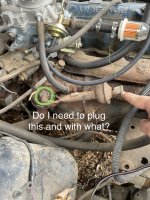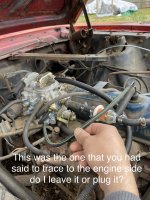Can someone please help me out with the vacuum lines on my 1965 Mustang 6 cylinder 3.3? I believe it has a 1978 Fairmont 3.3 engine. Most of the vacuum lines are missing or not there. It has two ported switches with two outlets each. I would like to know what are the most important vacuums that I need to connect and do they go to.
Attachments
-
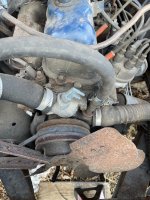 70A9921A-D5ED-4414-9E65-416DF36CED19.jpeg2.2 MB · Views: 19
70A9921A-D5ED-4414-9E65-416DF36CED19.jpeg2.2 MB · Views: 19 -
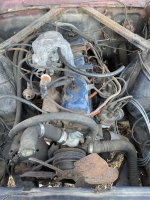 17756B4F-806B-41A9-B28E-1765A661A13A.jpeg2.3 MB · Views: 21
17756B4F-806B-41A9-B28E-1765A661A13A.jpeg2.3 MB · Views: 21 -
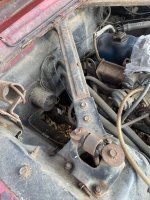 30EAB14D-30F5-4587-89AF-CAB5E603A64C.jpeg2.1 MB · Views: 20
30EAB14D-30F5-4587-89AF-CAB5E603A64C.jpeg2.1 MB · Views: 20 -
 EF318E85-10A4-4669-843D-2A2D88213DBF.jpeg2.3 MB · Views: 18
EF318E85-10A4-4669-843D-2A2D88213DBF.jpeg2.3 MB · Views: 18 -
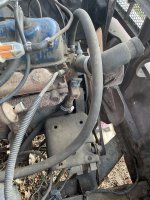 6515E11B-906E-4D68-9CB3-930117899D73.jpeg2.1 MB · Views: 17
6515E11B-906E-4D68-9CB3-930117899D73.jpeg2.1 MB · Views: 17

